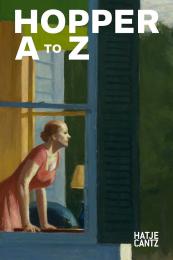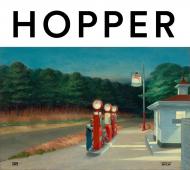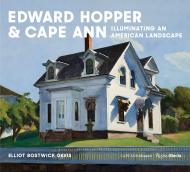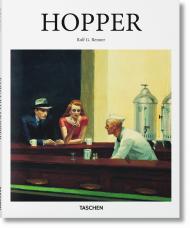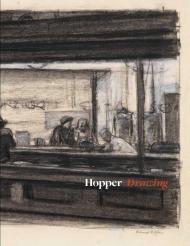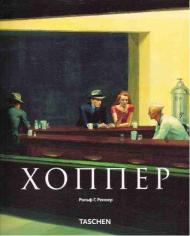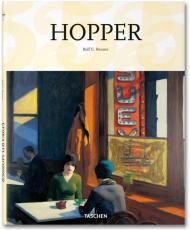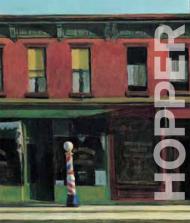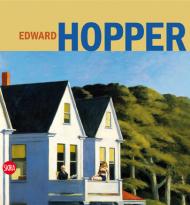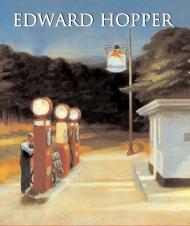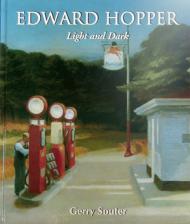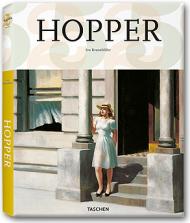Everything You’ve Always Wanted to Know About Hopper
That incomparable melancholy in Edward Hopper’s pictures occasionally leads us to look at the details of his life. Where exactly did this master of loneliness live and work? What were his most important influences while he was working on his great paintings of America? In this wonderful, simply structured, A-to-Z book, Ulf Küster pursues these themes, which say a great deal about the painter and his interests, and yet he never loses sight of the artist and the necessary distance to his inimitable pictures.
Thus, Küster strolls through the ABCs of Hopper’s life and work, from the “American landscape,” “Buick” “Goethe,” and “shadow and sunlight” to the key word, “zero.” On the way he opens up many new doors or insights, enriching the views of Hopper’s paintings and making it possible to interpret them in new ways. An entertaining and informative book.
Edward Hopper (1882–1967) is the master of American Realism. His paintings captured life during his era. His method of painting rapidly became the stylistic foundation of a type of American modernism. A source of inspiration for countless painters, photographers, and filmmakers, his body of work continues to be influential to this very day.
The art theoretician and curator Ulf Kuster(*1966, Stuttgart) has worked at the Fondation Beyeler in Riehen since 2004. He produces many internationally respected exhibitions and publications. Hatje Cantz has published a number of these, including his essay on Louise Bourgeois in the series Reading Art.
